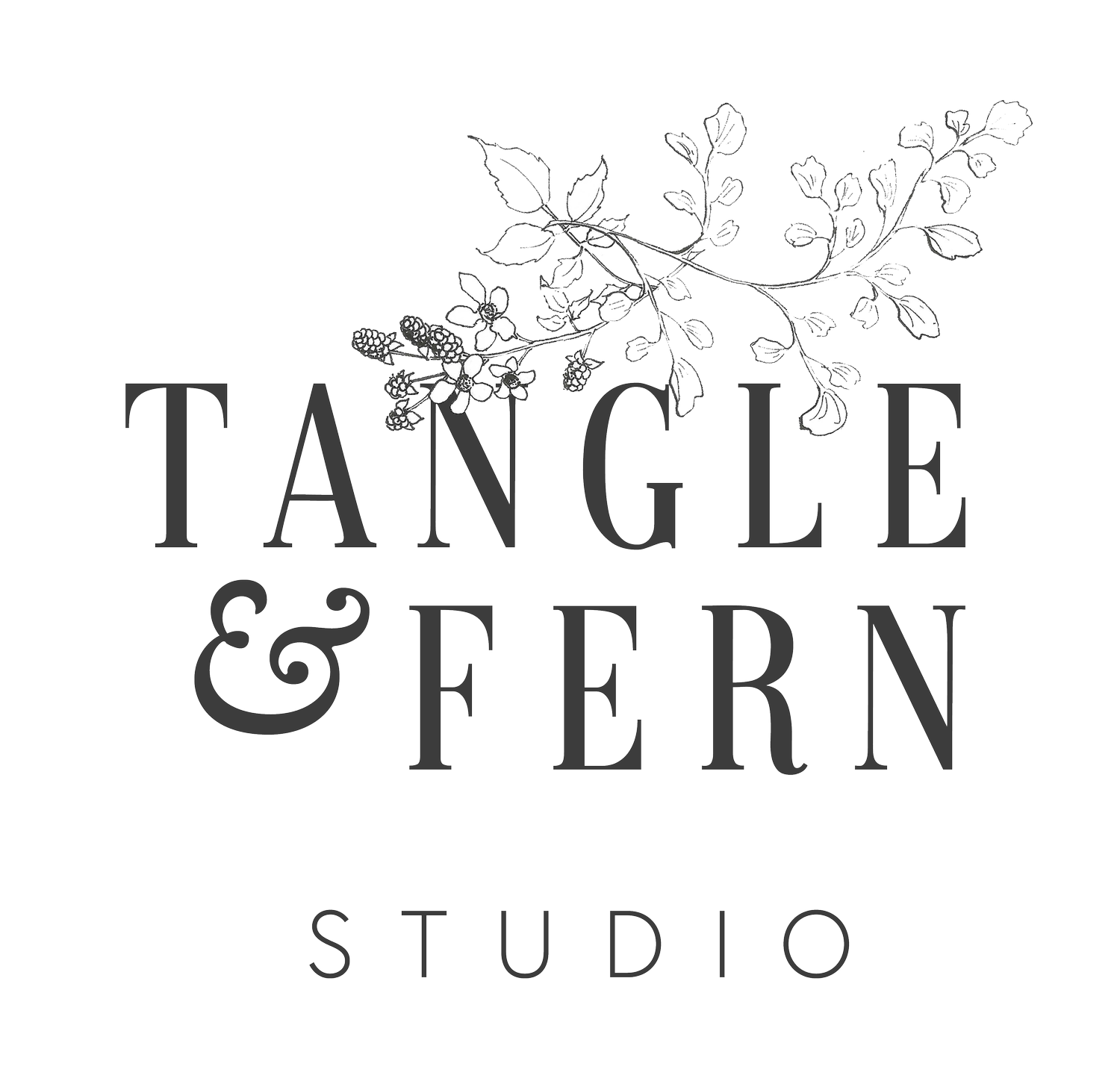Noticing colour
Colours matter. Colours can evoke feelings, help create connections, and make you memorable. And when it comes to branding, your choice of colours can be a powerful, even game-changing resource. But it’s not enough simply to choose “colours I like.”
Here are some examples of how colours can play into the overall story of a brand:
If you have a farmers-market produce stall and you want to evoke a “natural, homestead, and rustic” mood, your brand colours might be warm colours that are found in nature, such as browns, greens, reds and sands
If you run a children’s party service and you want to evoke a “energetic, vibrant, and welcoming” mood, your brand colours might be quite bright and kaleidoscopic
If you are a basket-weaver and blogger, and you want to evoke a “nostalgic, handmade, and gentle” mood, your brand colours might be softer pastels and neutrals
And if you are a therapist and you want to evoke a “calm, mindful and sensitive” mood, you probably wouldn’t choose hot pink, yellow, and black
In this activity, we are going to begin the process of choosing colours for your brand by first noticing the colours that are already helping to tell the story of what you stand for, and how you want to make people feel.
The way we’re going to make these decisions for you and your brand is first to revisit all the work you’ve done up to this point, what is already working for you, and pay attention to the colours in that story.
Workbook instructions
-
1. Pinterest
Open up the Pinterest board you created last week - the one filled with pictures that you liked for any reason. Are there any colours or tones that seem to be recurring in a lot of those pictures? Write them in the first box of your workbook on page 29. If you can’t narrow them down to specific colours, are there colour themes that you’re noticing? Lots of primary colours? Pastels? Moody, desaturated colours? Write these down.
-
2. Audience persona
Next, think back to the audience persona you created in Lesson 2. The person who is doing exactly the thing you want them to do, and who you fleshed out with demographics, motivations, values, and other interests. What are they wearing in that imagined moment? What do they like to wear in general? Note down any colours you imagine them wearing in the second box on page 29. Maybe they’re dressed in whites and neutrals? Black? Jewel colours with a hint of gold? Pastel patterns?
-
3. Mood words
Now I want you to look back over the three mood-words you chose last week, the words that express how you want to make people feel. What kinds of colours, or colour combinations, might help to convey those feelings? If you are struggling with this, look back over the Pinterest mood-boards you created for each of those words, and see if any colours, tones or combinations are recurring in those. This is probably the most important question for you to think about when it comes to understanding your own colours, so don’t skip it.
-
4. Your own work
Finally, take a look through your favourites of any photographs, illustrations, collections, objects (etc) that you have made or curated. Only the pieces that you genuinely enjoy looking at and really love. What are some of the colours or tones you see in those pieces? Put those into the final question-box in your workbook on page 29.

